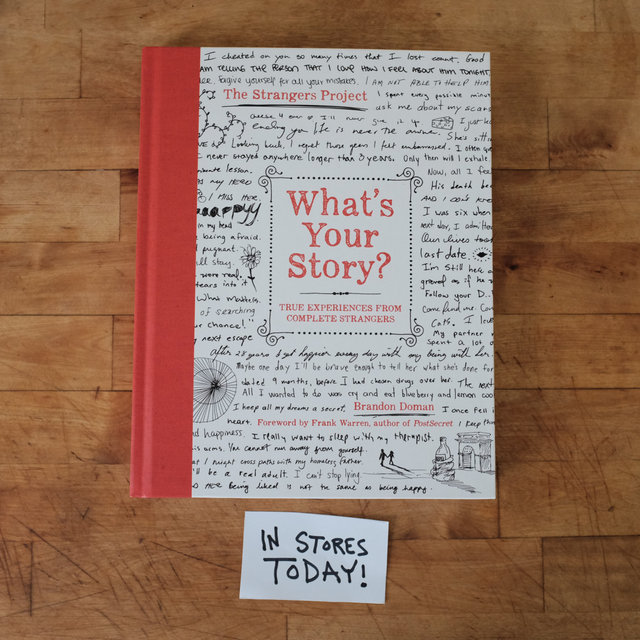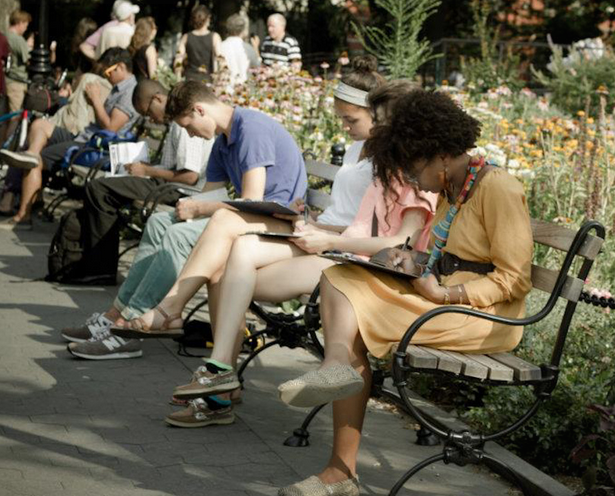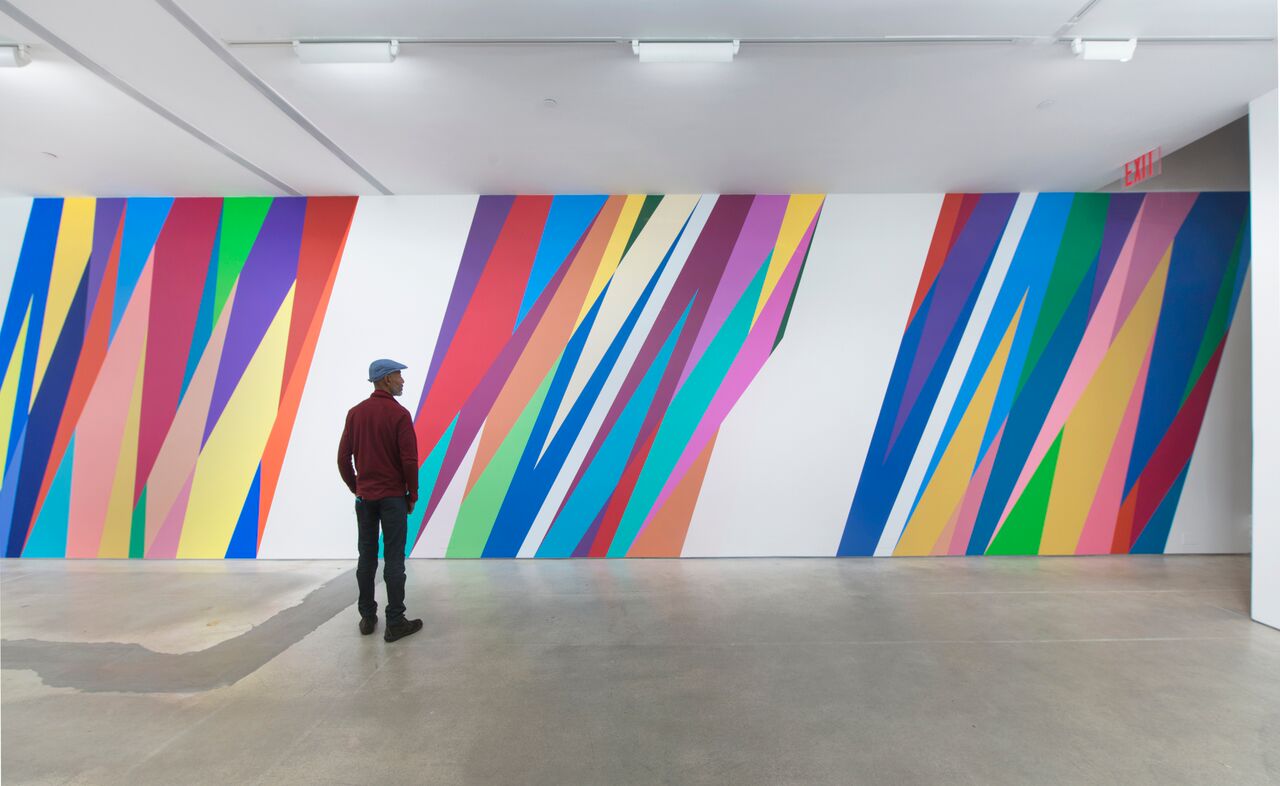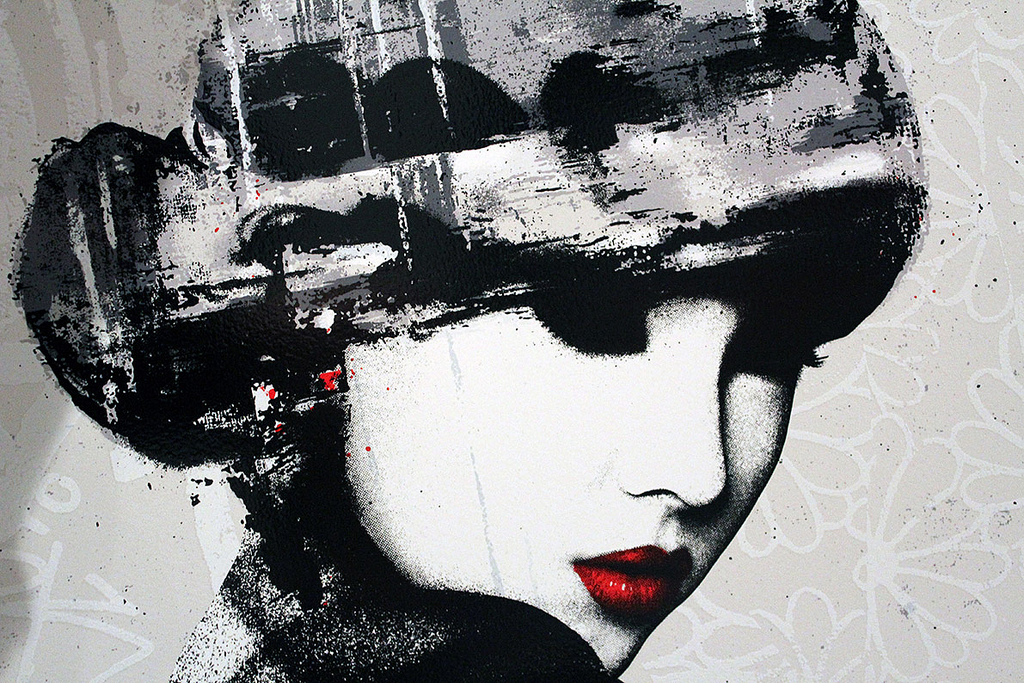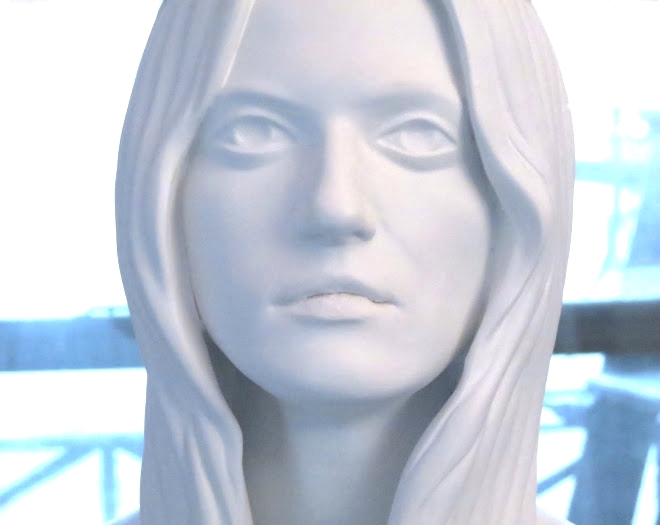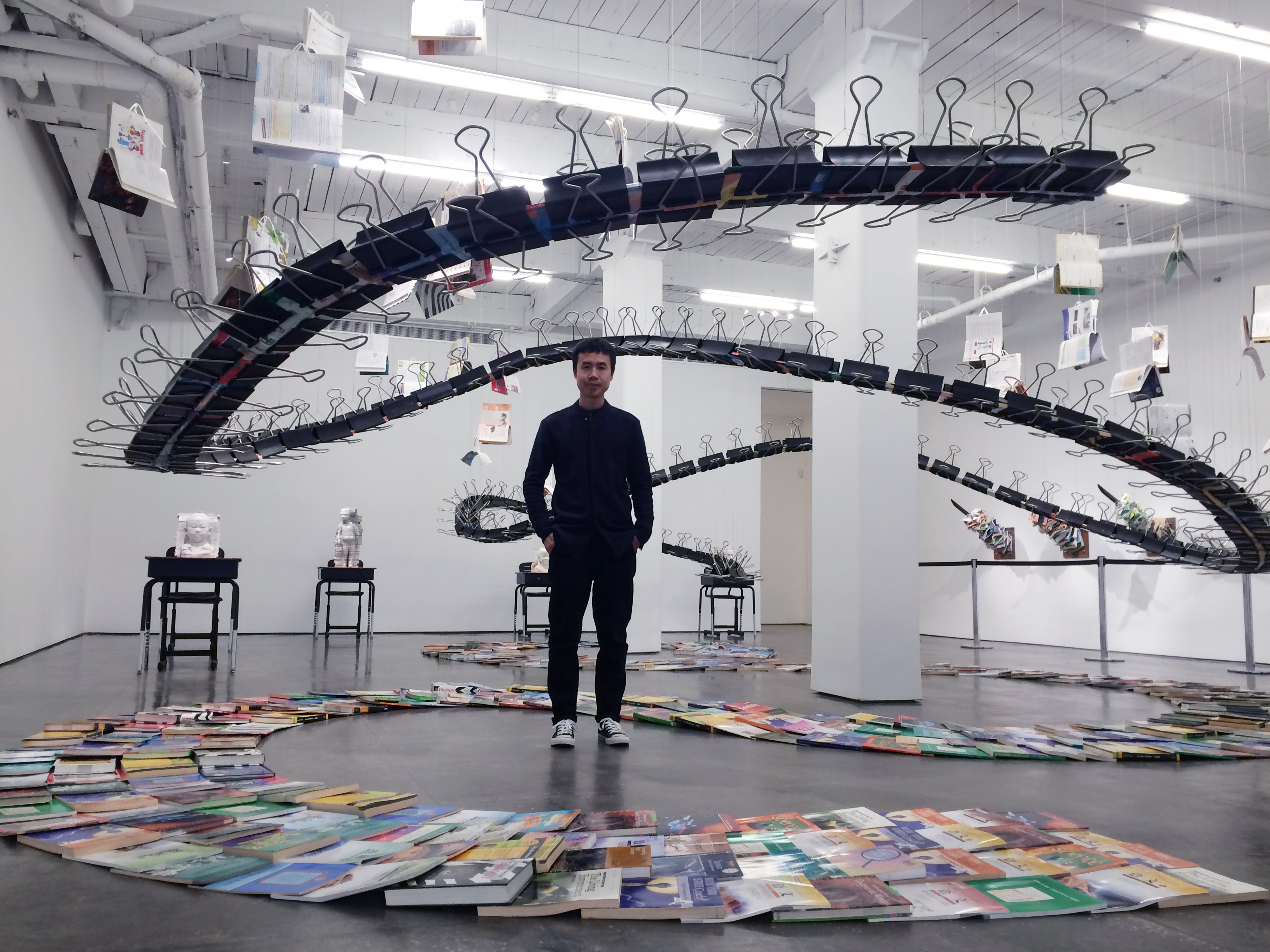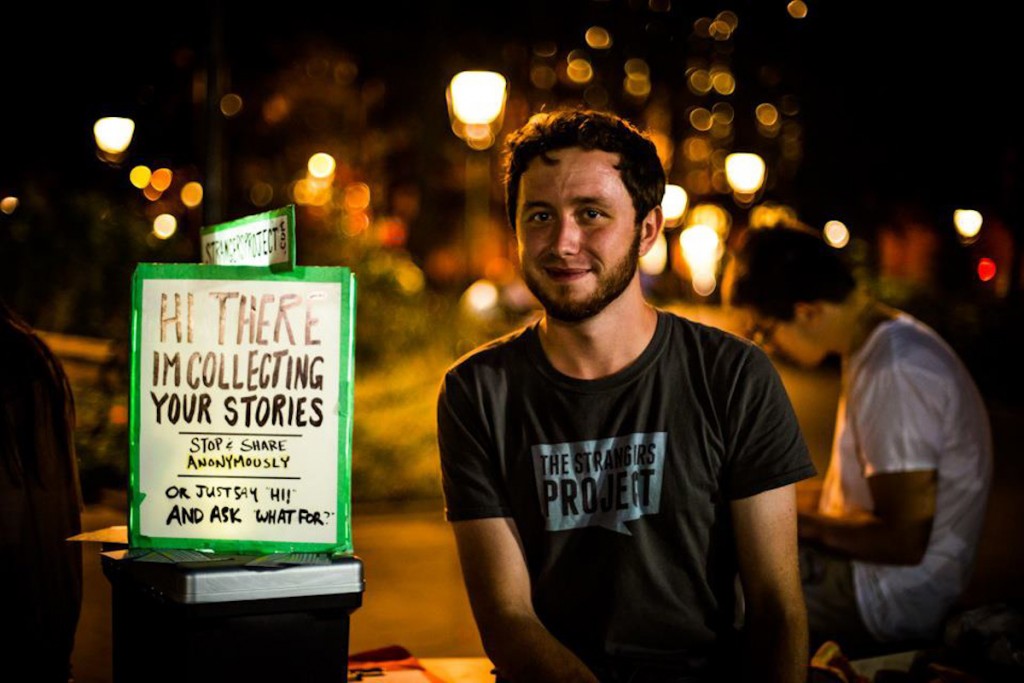
Brandon Doman is the founder of The Strangers Project, an endeavor that began in 2009 when the recent undergrad graduate decided to sit outside a café and ask patrons one simple question: what’s your story?
The feedback he got was overwhelmingly positive, and since then he has collected over fifteen thousand stories in over forty cities. Doman currently lives in Brooklyn, New York, where he continues to create spaces for strangers to share their stories.
On Monday, June 1st, Doman visited The POWERHOUSE Arena in Dumbo, Brooklyn to display approximately four hundred journal entries, and to launch his new book What’s Your Story? a compilation of two hundred stories from the project. In this one night only exhibit, stories were strung and pinned clothesline style to the gallery walls. The effect was a mosaic of anonymous tales that ranged from humorous to heart breaking.
Q: How did the project start? What inspired you?
A: I started this project in 2009, and the first day I started I didn’t really have any plan for it. I was sitting outside of a coffee shop and just sort of people watching, and I guess the idea just popped into my head as I was wondering about people’s lives and really being curious about stories. So, I took a sharpie and a notebook and I wrote a sign kind of like the one I use now, and I just propped it up on the table not knowing if anyone would stop and ask me about it, but immediately people started stopping and writing stories for me. I was fascinated by what they were sharing so I kept doing it, and here we are fifteen thousand stories later.
Q: How do you see the project now?
A: My big goal for the project was to create a physical space for interaction. It’s to explore the overlapping and unheard narratives of the people we share space with every day. It’s a space for curiosity and spontaneous intimacy, and most importantly it’s just a way for us to see the world through other peoples eyes. My mantra for the project is that everyone always has a story. Stories are entertaining, but they’re also a way for us to learn and recognize our humanity. This project isn’t just about reading and writing stories, its about the connection that forms between teller and listener, and quite simply I think that’s something we can explore more in our everyday lives.
“It’s about taking a moment to really pay attention to one another and stopping to acknowledge the people we share a space with.”
Q: When you display the stories in a gallery space, do you have a certain order you put them in?
A: Every time I display them they’re in a completely different order and configuration. I’ve been doing this for about six years going on seven now, and I tried a lot of different ways of organizing them to share them with the world.
There’s an incredible juxtaposition. It might be a really funny one written by a little kid, followed by someone talking about some really deep, emotional thing in their life, and that’s just the reality of people sharing space and stories.
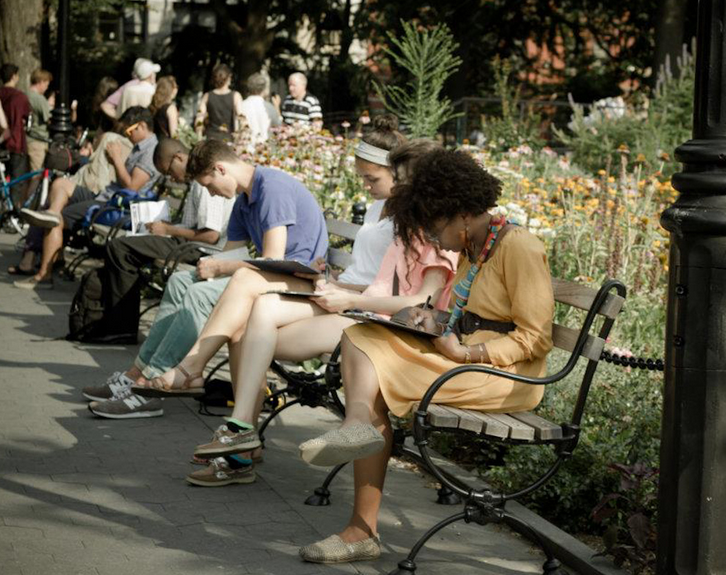
Q: When someone comes up to you, do you have an ideal story in mind that you’d like to procure?
A: I read every single story in the collection. If you share a story, you know that somebody is reading it. I didn’t know early on if I’d just see the same things over and over, but even fifteen thousand stories later, every day there’s something new that surprises me. So I don’t necessarily know what I’m looking for, but I know every time I read them I’m still surprised. I wouldn’t be doing these years later if I wasn’t still interested in all these stories.
Q: You’ve been doing this project since 2009, and you’ve collected thousands of stories. What have you learned?
A: I’m always learning. A big one is seeing people’s desire to be heard. I’m amazed at how deep some of these stories go, and these people are sharing them with a complete stranger right on the spot. These aren’t premeditated, these aren’t prepared in advance, these are people making a choice to be present, and to sit down, and to say something intimate about their lives, and that’s something I saw on the first day I did it and I knew that’s something I had to keep chasing.
“I’ve learned that people want to be connected and to share, it’s just about creating spaces for them to do so.”
Q: Can you share a positive and negative experience you’ve had while doing this project?
A: In the beginning of the project when I would get emotionally heavy stories it was a huge weight on me. People would talk about suicidal ideation or the desire to take their own life, and I would go home and read that story later and know that I’d been sitting right across from that person, but they’re anonymous so there’s nothing I can do. So early on that was very difficult.
But many of those same people over the years who have shared the really difficult kind of stories have reached out to me, sometimes many years later sometimes days later, and said I just want you to know I’m ok, and having that kind of an outlet in that moment was a much better way to direct my energy. Sometimes it’s difficult to read those stories, but I also know that they are not only cathartic for the writer, but also therapeutic for other readers.
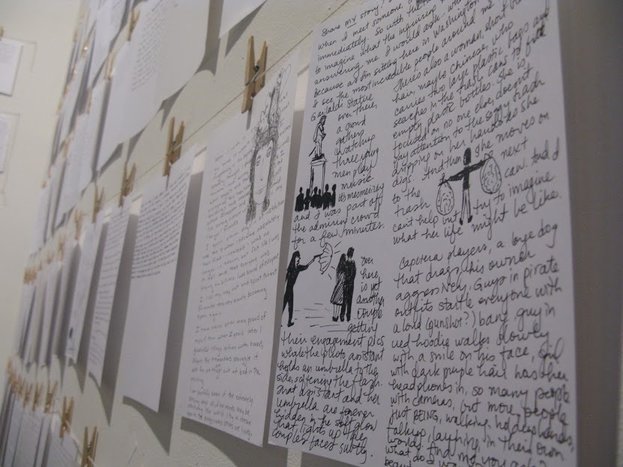
Q: You’ve collected stories from across the United States. Do you see any difference in the content of the stories based on demographics?
A: I’ve collected in about forty cities so far. A lot of the stories come from New York City, because it’s where I live, but I’ve collected stories in small towns and large cities, and it works pretty much the same anywhere. There’s a definite change in volume, because when I’m in a small town I’m obviously not going to get as many people as in somewhere like New York, but I do have the same percentage of people stopping by. The entire project is opt in, I never approach anyone or interrupt their day directly, I just have a sign that invites them to come and explore the space on their own terms, and I think that’s what allows people to be really open about it.
I didn’t see much of a change. Even in metropolitan areas I’m getting people who travel from all over the country. What I find fascinating is that people often project their idea of a place onto the stories. I always have sample stories, so when people are flipping through they’ll say something like, “oh, this is so New York,” or “only in New York,” and really I collected them in the middle of Omaha, Nebraska. People really project their own idea of place.
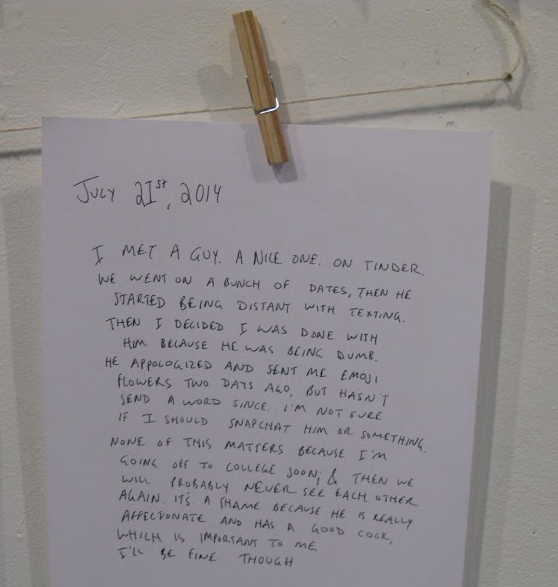
Q: Have you considered categorizing the pieces by year, season, geographic location, or other criterion?
A: Yes. Early on in the project I was also working as a programmer, and I attempted to tag the stories with all sorts of metadata. I did find it interesting, but it was incredibly time consuming, and I would say that less than one percent of the visitors were using any of the tags, people were more interested in reading the constant flow of stories. I do think it’s interesting, but there was too much of a tradeoff between how much time it took to do that sort of archiving, versus the quantity of people who were interested in that kind of metadata.
Q: Do you ever feel like you are taking the role of a therapist while collecting stories?
A: I tell people before they share that this is completely anonymous. I don’t read any of them on the spot, so they have the option to just hand it to me and it goes into a folder, but some people will stay and talk about what they wrote or ask questions, and I’ve gotten into really long conversations. I’ve been amazed at how much people will open up not just on the page, but with me. What I think is even more fascinating is that they will open up with each other.
Sometimes there will be ten of fifteen people all writing side by side and they don’t know each other, and they’ll all wind up sharing with each other what they wrote and get into big conversations, and actually form these friendships right on the spot. It’s been great seeing this community that forms around story sharing.
Q: Have you considered taking this project outside of the US?
A: Absolutely. About two years ago now, I tried an experiment called International Story Day, where fans of the project went out and did the same thing in their own communities. I made documents that explained my experience of talking to strangers and what it was like for me, and then I made guides detailing how they could make very similar signs and pens and materials and everything they would need to do it. We had about 800 people sign up in about 62 countries. So they all went out on the same day and collected stories in their own communities. It was a really beautiful day. They all sent photos of themselves collecting, all the signs were in their own languages, so I definitely want to do that again. There were a few logistical things of people actually getting their stories sent in, so I haven’t shared many of the stories from that day yet. The next time I do it I want to find an easier way for people to share the stories they collected afterwards.
Q: What’s next?
A: I just want to keep creating these physical spaces for people to share stories. I plan to keep growing The Strangers Project, and keep finding different ways for people to collect and share in different communities. Every story I have collected has been through a face to face interaction, but I’ve had a lot of fans express interest in doing the project in their own communities, so that’s something I’d like to explore.
Want to read all the stories? Click here to buy: What’s Your Story?: True Experiences from Complete Strangers
Just think Brandon sounds like a cool guy? Follow him on Twitter or Instagram
